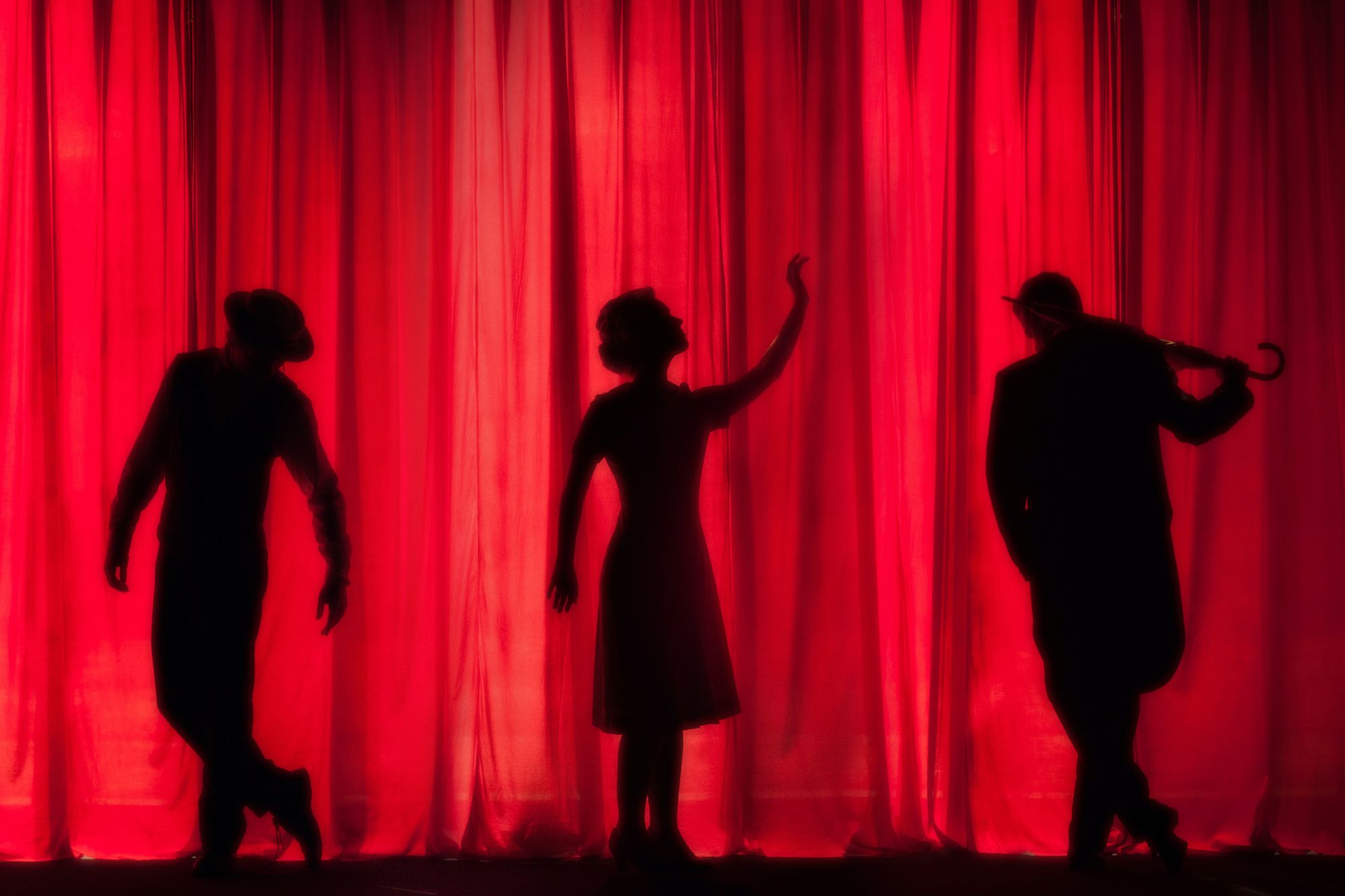A brief history of Pantomime

By Milan Perera, Second Year English and Community Engagement
Christmas and Pantomime: it’s as traditional as pudding and tinsel. This great British institution has been enthralling the public for the best part of 200 years. Curiously enough, it has its origin in the continental Europe and was not always confined to the winter holidays.
Extravagant costumes, improbable story lines, appearance from non-thespian celebrities and active audience participation constitute this outlandish but much-loved theatre phenomenon. Although it had its origin in continental Italy, the Victorians made it their own art form. Ridiculed by the haughty elitist and adored by the proletariat, the razzmatazz of Pantomime was here to stay.
Its roots can be found in the ‘Commedia dell'Arte’, a 16th-century Italian entertainment which used dance, music, tumbling and acrobatics, and featured a cast of mischievous characters. An early precursor of Pantomime consisted of the escapades of Harlequin, a quick-witted miscreant who carried a magic bat, wore a mask, and dressed in clothes made of patches. During the 17th century, Harlequin, and his companions, including Scaramouche (yes, Freddie Mercury made a reference to him in the Bohemian Rhapsody), Pantaloon, Pierrot, Punch and Columbine were improvising comic stories, singing, dancing, and cavorting their way across Europe.
The first pantomime to grace the London theatre scene was ‘Tavern Bilkers’ by the Drury Lane based dance master and choreographer, John Weaver in 1702. Financially it turned out to be unsuccessful - the people of these shores struggled to get to grips with this imported theatre form. It was not until 1716 that John Weaver attempted his next pantomime venture with ‘The Loves of Mars and Venus.’
While at Drury Lane Theatre in the early part of the 19th century, traditional English folk tales were introduced to the pantomime repertoire which slowly replaced the Harlequinades.
The much-loved 15th century London mayor, Dick Whittington and the English folk hero Robin Hood were the subjects of some of the most successful pantomime productions at the time. The titular hero in Daniel Defoe’s novel, ‘Robinson Crusoe’ was also a sought after production.
The year 1843 saw one of the most important developments in the evolution of Pantomime: the actors were allowed to use spoken words! Up to that point the performers were miming to the music and needed a special dispensation from the Lord Chamberlain to speak.
'100 Seconds to Midnight' @ The Alma ★ ★ ★★ ★
‘What Wonder’ @ The Winston Theatre ★ ★ ★
The late 19th century saw the introduction of music hall stars for panto productions, which brought in legions of loyal fans. This feature remains to this day, with the cast often including celebrities who have their own bona-fide fan base. Notable recent examples are the former Rugby Union player Gareth Thomas, prime time television royalty David Hasselhoff and the veteran actor Ian McKellen.
Like many major cities in the UK, Bristol is no stranger to the pantomime scene. The iconic Bristol Hippodrome is showing ‘Snow White’ this year, starring the panto veteran Andy Ford, acclaimed actress Lesley Joseph and the criminal barrister and TV personality, Robert Rinder.
So why not take a trip to see your local pantomime this year, and revel in entertainment that's nearly 500 years in the making!
Featured Image: Kyle Head | Unsplash
Will you be heading to a pantomime performance this year?
